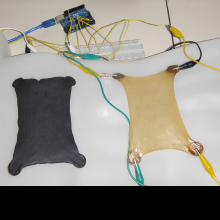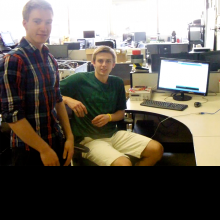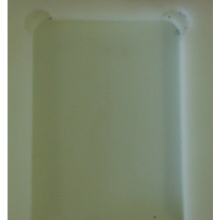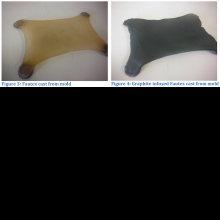The low cost global health simulator project was started as an undergraduate research project under the leadership of Zach Meier and Robin Waltz at the University of Minnesota. The aim of the project was to develop an ultra-low cost health simulator (<=$50) that could be used in training physicians on simple procedures in developing countries. There are many procedural simulators on the market today; however, almost all of these products are cost prohibitive for the markets we wish to assist. The constraints of the project were that the design be easy to assemble, cheap, and created from materials readily available in a developing country.
With the above constraints in mind and a general aim at developing a simulator, there were three major pieces to this project:
- The first was to create an artificial tissue that could be used to mimic human skin tissue in its mechanical properties.
- The second was to create tracking system for surgical tools.
- Finally, a full assembly of the two smaller pieces with a specific function in mind was to be developed.





